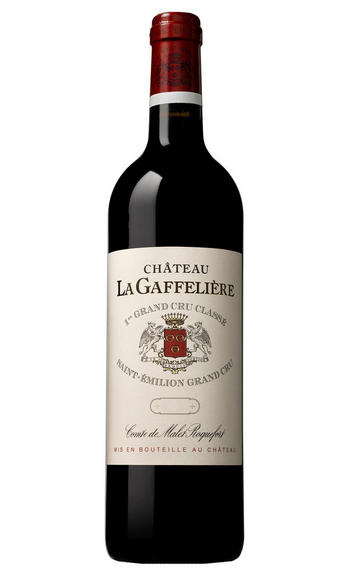
2019 Château La Gaffelière, St Emilion, Bordeaux
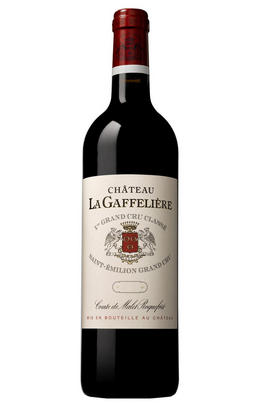
Critics reviews
About this WINE
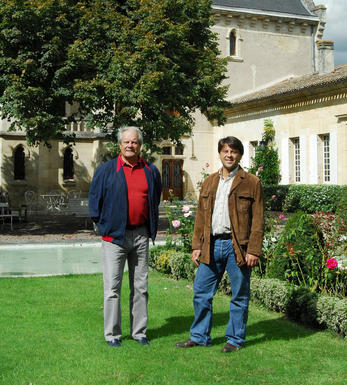
Chateau La Gaffeliere
Château La Gaffelière is owned by Léo de Malet Roquefort, and the 22 hectare property produces on average 10,000 cases per year. Located in the centre of the St. Emilion appellation, due south of St. Emilion town, the property shares a similar climate to that enjoyed by both St.Emilion and Pomerol: more continental than the maritime Médoc, with generally more spring rainfall, though less in summer and winter.
La Gaffeliere's vineyards (Cabernet Sauvignon 5%, Merlot 65%, Cabernet Franc 30%) lie on a sloped sandy/clay-limestone topsoil and limestone subsoil (a mix of Côtes and Pieds de Côtes). Fermentation takes place in stainless steel followed by extended wood maturation, with 33% of the barells being renewed annually.
La Gaffeliere is classified as a 1er grand cru classé(B).
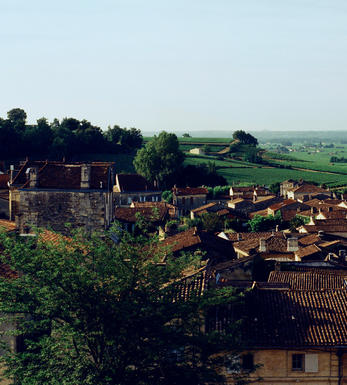
St Émilion
St Émilion is one of Bordeaux's largest producing appellations, producing more wine than Listrac, Moulis, St Estèphe, Pauillac, St Julien and Margaux put together. St Emilion has been producing wine for longer than the Médoc but its lack of accessibility to Bordeaux's port and market-restricted exports to mainland Europe meant the region initially did not enjoy the commercial success that funded the great châteaux of the Left Bank.
St Émilion itself is the prettiest of Bordeaux's wine towns, perched on top of the steep limestone slopes upon which many of the region's finest vineyards are situated. However, more than half of the appellation's vineyards lie on the plain between the town and the Dordogne River on sandy, alluvial soils with a sprinkling of gravel.
Further diversity is added by a small, complex gravel bed to the north-east of the region on the border with Pomerol. Atypically for St Émilion, this allows Cabernet Franc and, to a lesser extent, Cabernet Sauvignon to prosper and defines the personality of the great wines such as Ch. Cheval Blanc.
In the early 1990s there was an explosion of experimentation and evolution, leading to the rise of the garagistes, producers of deeply-concentrated wines made in very small quantities and offered at high prices. The appellation is also surrounded by four satellite appellations, Montagne, Lussac, Puisseguin and St. Georges, which enjoy a family similarity but not the complexity of the best wines.
St Émilion was first officially classified in 1954, and is the most meritocratic classification system in Bordeaux, as it is regularly amended. The most recent revision of the classification was in 2012
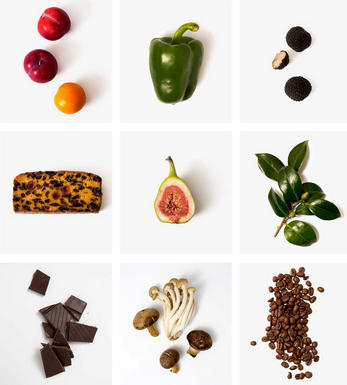
Merlot
The most widely planted grape in Bordeaux and a grape that has been on a relentless expansion drive throughout the world in the last decade. Merlot is adaptable to most soils and is relatively simple to cultivate. It is a vigorous naturally high yielding grape that requires savage pruning - over-cropped Merlot-based wines are dilute and bland. It is also vital to pick at optimum ripeness as Merlot can quickly lose its varietal characteristics if harvested overripe.
In St.Emilion and Pomerol it withstands the moist clay rich soils far better than Cabernet grapes, and at it best produces opulently rich, plummy clarets with succulent fruitcake-like nuances. Le Pin, Pétrus and Clinet are examples of hedonistically rich Merlot wines at their very best. It also plays a key supporting role in filling out the middle palate of the Cabernet-dominated wines of the Médoc and Graves.
Merlot is now grown in virtually all wine growing countries and is particularly successful in California, Chile and Northern Italy.


Buying options
Add to wishlist
Description
From a Château on the site of a Roman Villa (wine has been made here for a very long time), this is a delightful, cool, aromatic, but beautifully structured St Emilion with impeccable balance, helped by the 40% of Cabernet Franc in the blend. As Bordeaux vintages get warmer, the Cabernet Franc element to the best St Emilions is improving the wines' complexity, depth and balance and rendering them elegant and fine.
Chris Pollington, Private Account Manager (June 2020)
wine at a glance
Delivery and quality guarantee